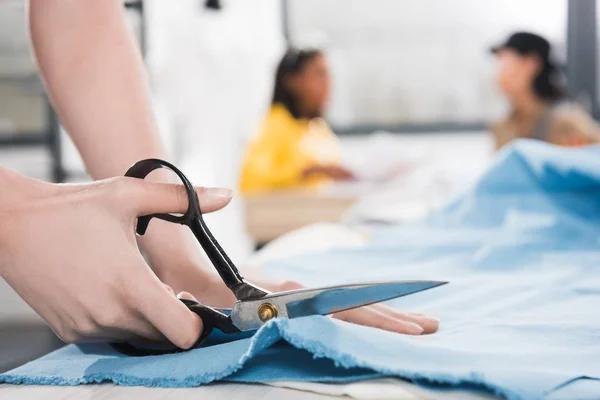Indigenous textiles play a crucial role in shaping fashion identities across the globe. They represent an aesthetic fusion of cultural heritage, traditional craftsmanship, and contemporary design that transcends boundaries. These textiles are not merely fabrics; they carry the essence of indigenous cultures, encapsulating centuries-old traditions, beliefs, and history.
The indigenous communities from every atentosa.com corner of the world have their unique textile patterns and techniques which often serve as their identity markers. For instance, the intricate embroidery work from the Kutch region in India or Navajo weaving from North America is not just about creating beautiful pieces of fabric but also narrating stories passed down isurfmore.com through generations. The motifs used in these textiles often eastlake303locksmith.com symbolize elements significant to their culture – nature, spirituality, social status or life events.
Fashion designers worldwide are increasingly incorporating indigenous textiles into their collections to create distinctive fashion identities. This trend has led to a resurgence of interest in traditional textile art forms like batik printing from Indonesia, ikat weaving from Uzbekistan or mud cloth making from Mali.
However, it’s essential that this incorporation respects and acknowledges the origins of these designs rather than appropriating bjpksaiche.com them without credit or context – a practice known as cultural appropriation which has been widely criticized for exploiting marginalized cultures for commercial gain. Therefore designers must ensure ethical sourcing practices while using these textiles.
Moreover, supporting indigenous textile industries can contribute significantly towards sustainable fashion – another pressing concern today. Indigenous methods usually involve natural dyes and organic materials with minimal environmental impact compared to synthetic fabrics produced by conventional means.
Indigenous textile production also promotes economic sustainability by providing livelihoods to artisans who continue practicing age-old crafts despite growing industrialization. It helps preserve traditional skills that would otherwise be behotagain.com lost amidst mass-produced fast-fashion trends.
Furthermore, embracing indigenous textiles paves way for greater diversity in global fashion landscapes dominated by Western styles so far. It allows individuals to phtovaco.com express their identity uniquely while appreciating different cultures’ richness simultaneously.
In conclusion: Indigenous textiles are more than just fabrics; they are a repository of cultural heritage and traditional craftsmanship. Their incorporation into contemporary fashion not only creates distinctive fashion identities but also supports sustainability and promotes cultural diversity. However, it’s crucial to respect the origins of these designs and ensure ethical sourcing practices to avoid exploitation or appropriation of indigenous cultures. With mindful integration, indigenous textiles can continue playing a pivotal role in shaping global adsinsyria.com fashion identities while csxiaoqi.com preserving invaluable cultural treasures for future generations.

